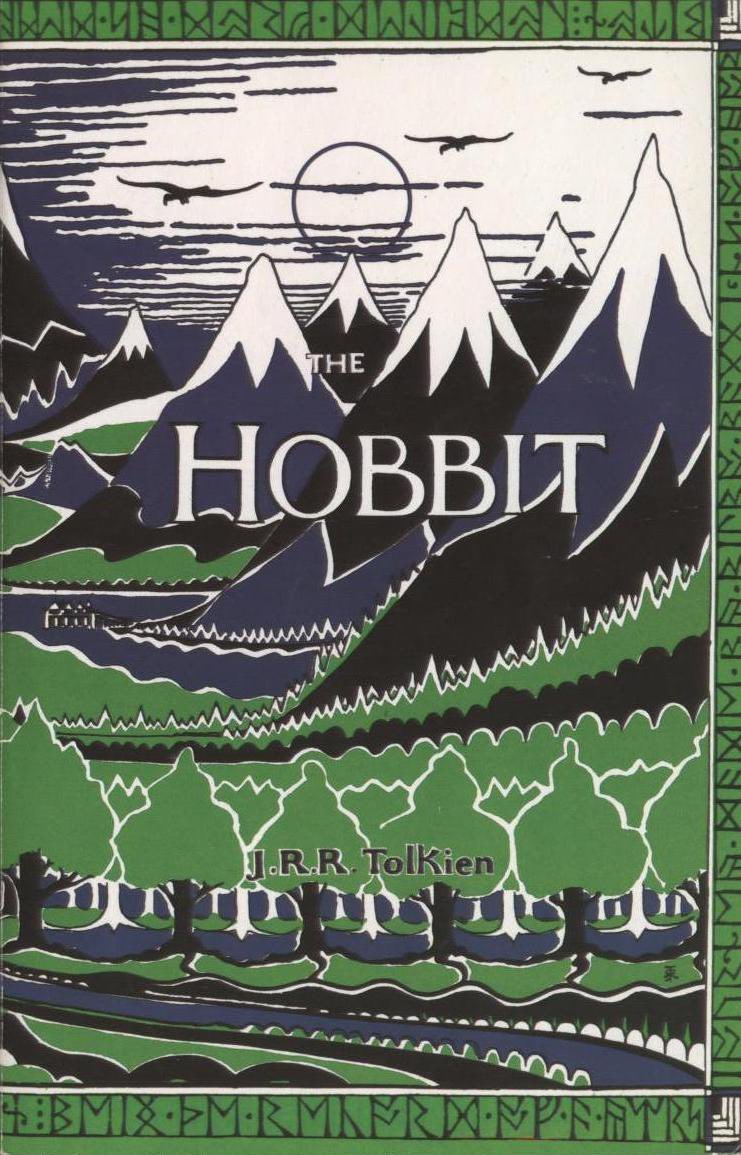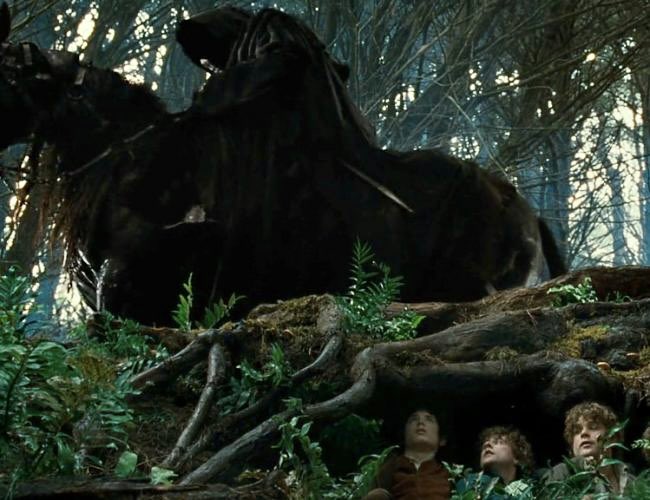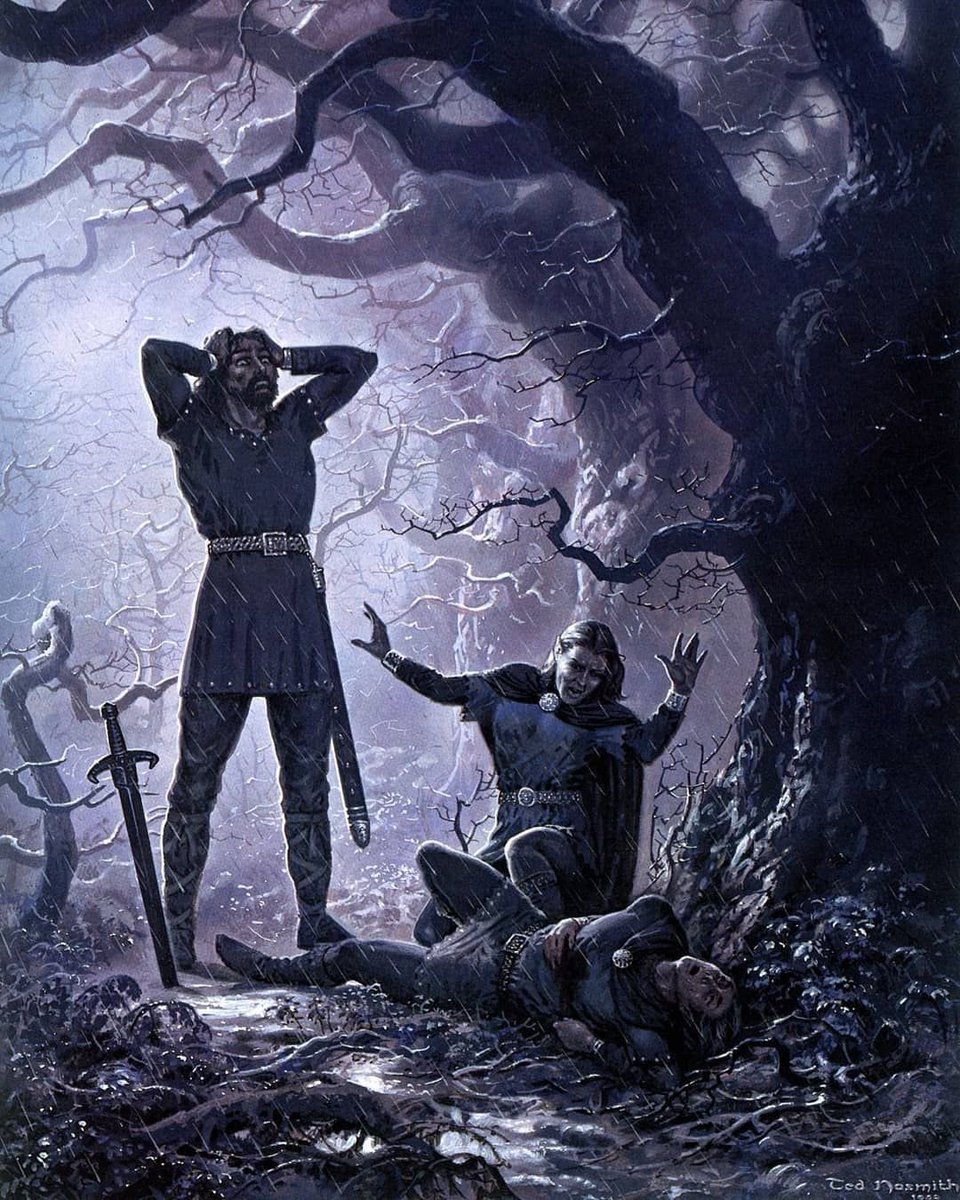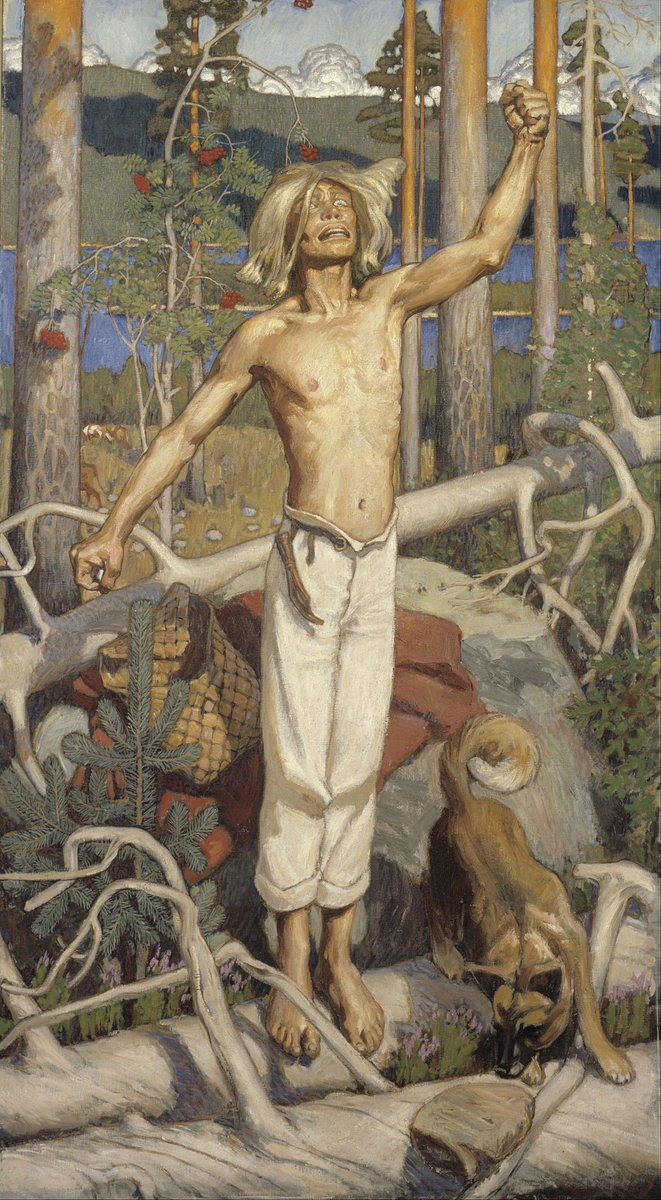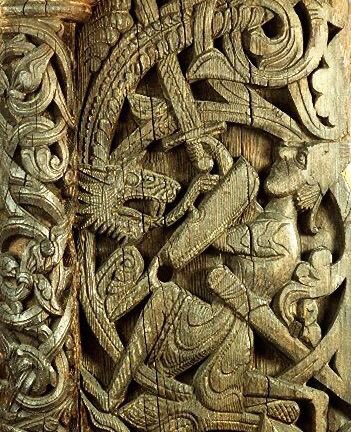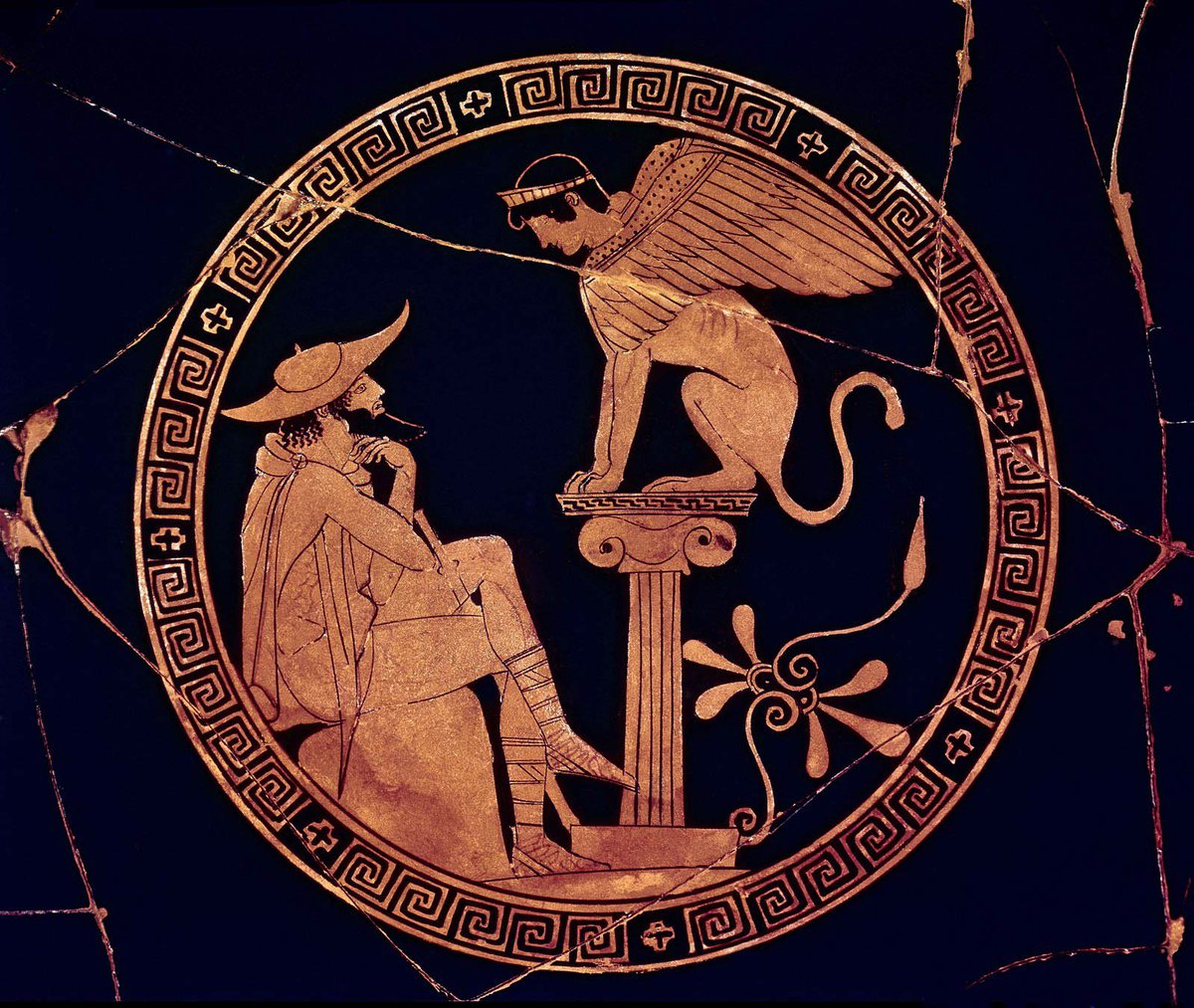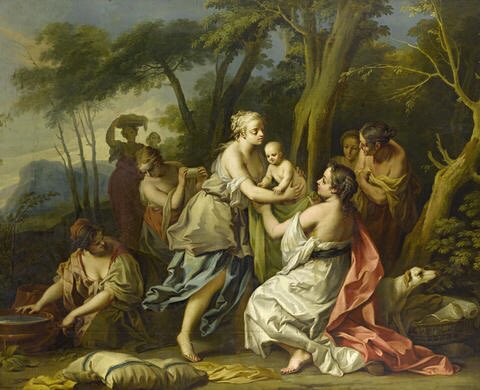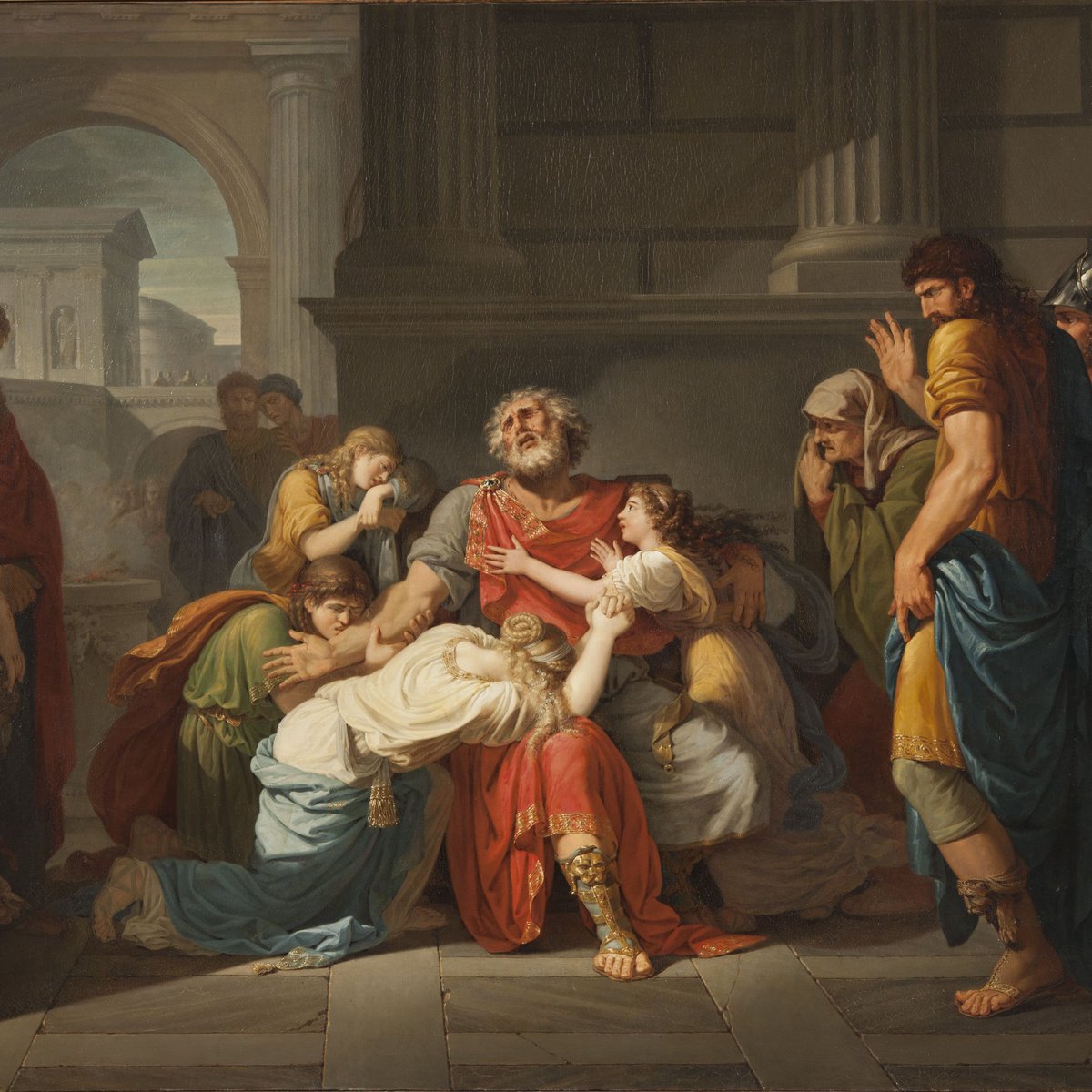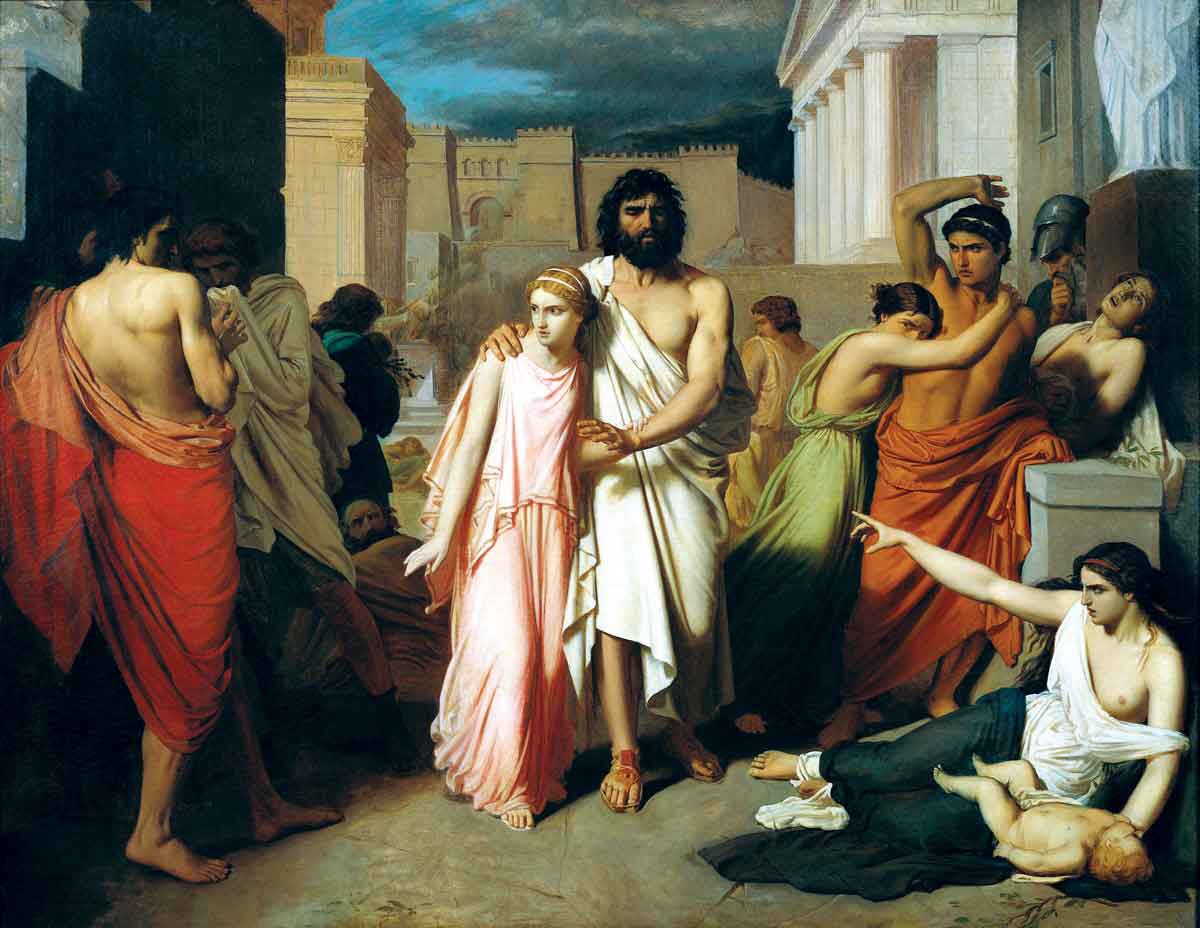3rd #Tolkien session @IMC_Leeds: “Materiality in Tolkien’s Medievalism, III”!
First up: @EMuellerHarder on “Tolkien’s Elvish and Archaic First Map of Middle-Earth: Lost Connections in Space and Time” @TolkienSociety @UofGFantasy #IMC2019
First up: @EMuellerHarder on “Tolkien’s Elvish and Archaic First Map of Middle-Earth: Lost Connections in Space and Time” @TolkienSociety @UofGFantasy #IMC2019

@EMuellerHarder: Ptolemaic cartography as leaning towards modern cartography - still, how about chorography in medieval cartography? (Attempt to represent the world based on experience and experience) @IMC_Leeds @TolkienSociety @UofGFantasy #IMC2019 

@EMuellerHarder: examples of chorographic maps in literature (including that for Winnie the Pooh!) 





@EMuellerHarder: other examples of literary maps: Hunting of the Snark, Gulliver’s Travels, and Utopia - can we describe them all in terms of chorography? @TolkienSociety @IMC_Leeds @UofGFantasy #IMC2019 





@EMuellerHarder: Tolkien seems to have used some standard cartography conventions in his first #LordOfTheRings map, like the ones in this 1917 book: 

2nd speaker: @AranelParmadil on “From Mushrooms to Man-Flesh: The Cultural Significance of Food in the Material World of J.R.R. #Tolkien’s Middle-Earth”
@TolkienSociety @IMC_Leeds @UofGFantasy #IMC2019
@TolkienSociety @IMC_Leeds @UofGFantasy #IMC2019

@AranelParmadil: food is a celebration in the first part of the #LordOfTheRings but a matter of survival later on. Food is also an indicator of good and evil in Middle-earth. 

@AranelParmadil: if we consider Lévi-Strauss’s theorising, lembas is “civilised” food (cooked) and it’s significant that it never rots. Gollum can’t eat it - he partakes of the uncivilised (the raw). 

@AranelParmadil: Orcs are not just raw-eaters but cannibalistic. Shelob also has unwholesome desires. Sauron is the ultimate consumer - cf. the Towers of the Teeth guarding Mordor. 

@AranelParmadil: Orc draughty as repulsive - Kristeva’s notion of abjection. Is it repulsive because of its associations? It doesn’t seem to harm the hobbits in any way, if anything it helps them.
3rd speaker: @JoelMerriner on “From Finwë’s Winged Sun to the ‘Wheel of Fire’: Tolkien’s Heraldic Emblems as Signifiers in the Works of Sergei Iukhimov” @IMC_Leeds @TolkienSociety @UofGFantasy #IMC2019 



@JoelMerriner: Iukhimov is in intertextual dialogue with medieval and later iconography as in this illustration of Sam @IMC_Leeds @TolkienSociety #IMC2019 


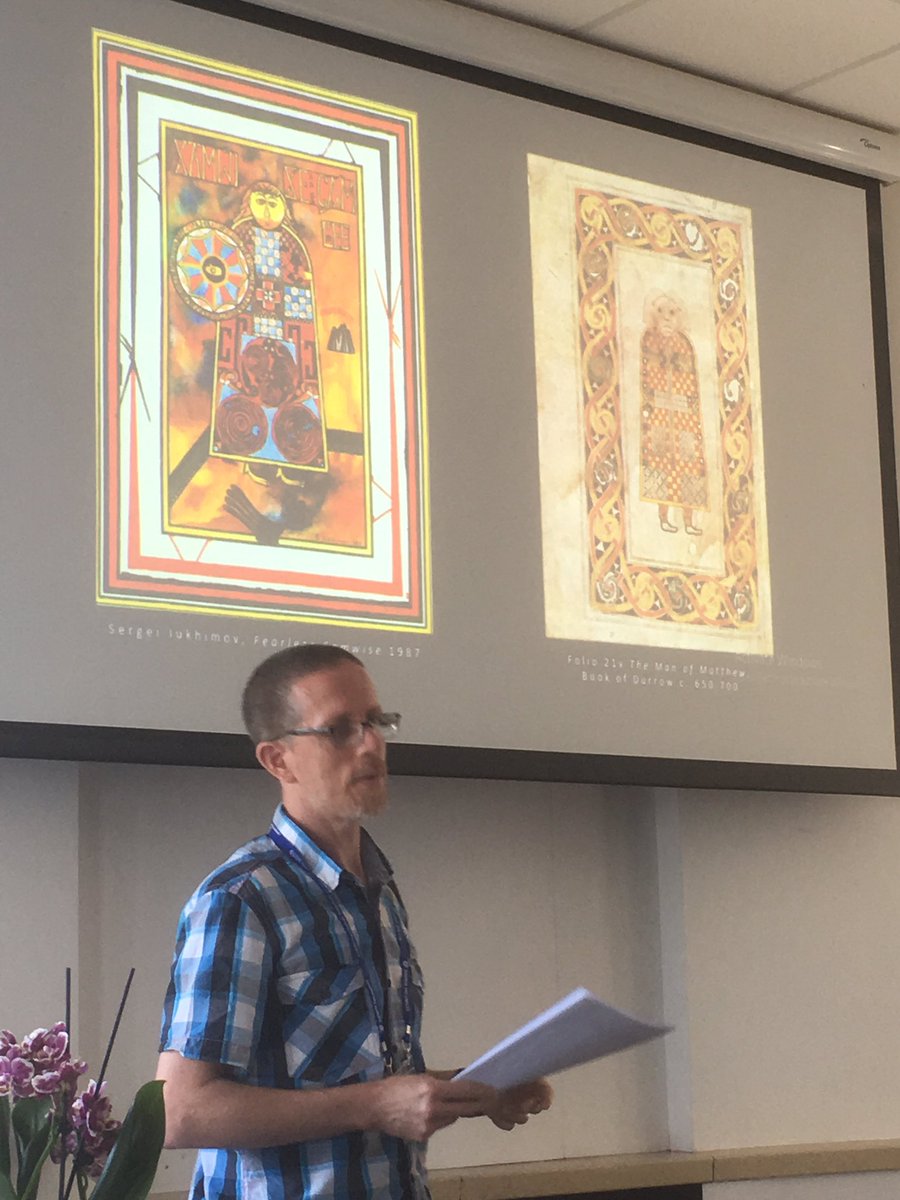
@JoelMerriner: Tolkien’s own art often responds to similar material - e.g. Lúthien’s heraldic device 
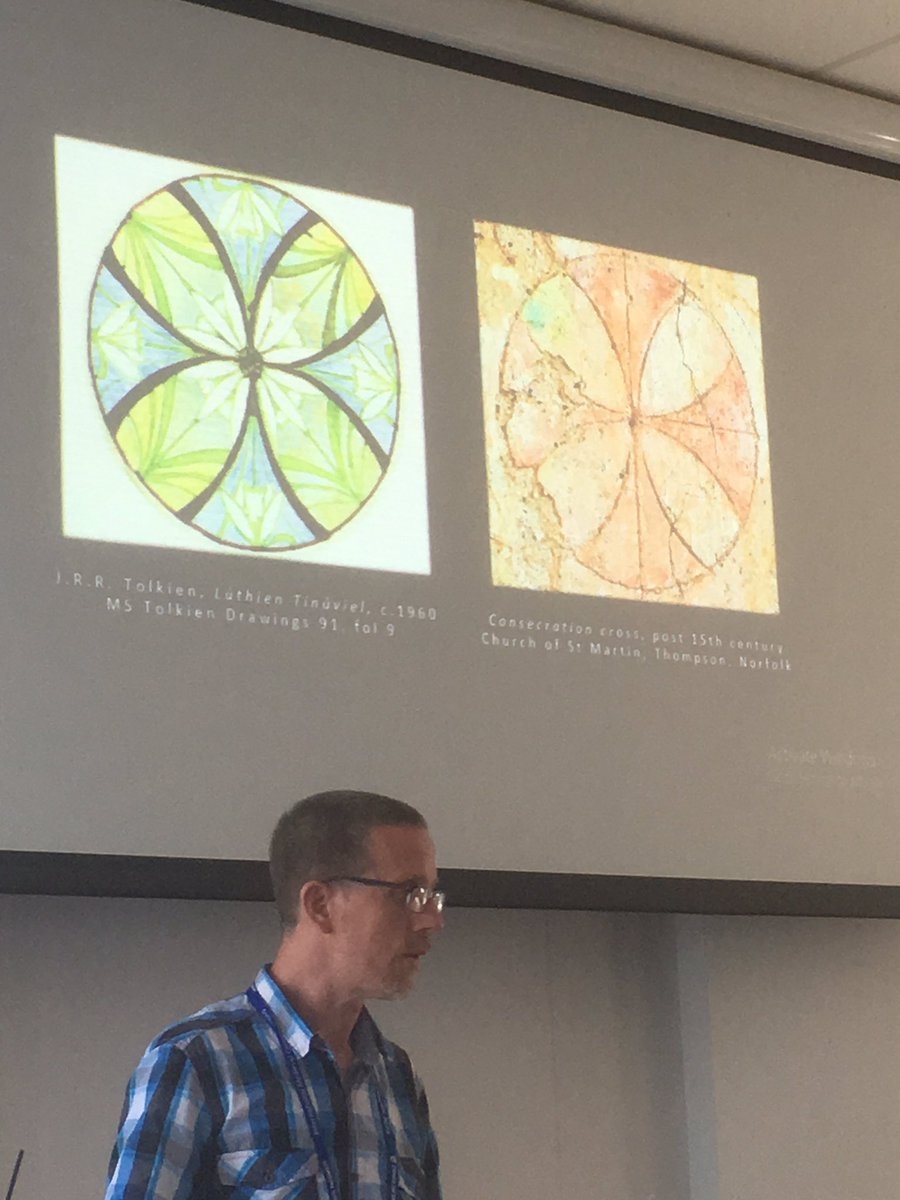
@JoelMerriner: Iukhimov seems to blend Tolkienian and Christian imagery as in the 8-pointed star 



@JoelMerriner: Iukhimov seems to be borrowing direct from Tolkien in his design of the Black Gate: 

@JoelMerriner: the symbol above Frodo in Iukhimov’s illustration of Galadriel’s farewell and the same symbol illuminating Frodo in his illustration of the Taming of Sméagol seems to stand for light - positive or negative - showing a blending of Tolkienian + Christian iconography 



• • •
Missing some Tweet in this thread? You can try to
force a refresh

















